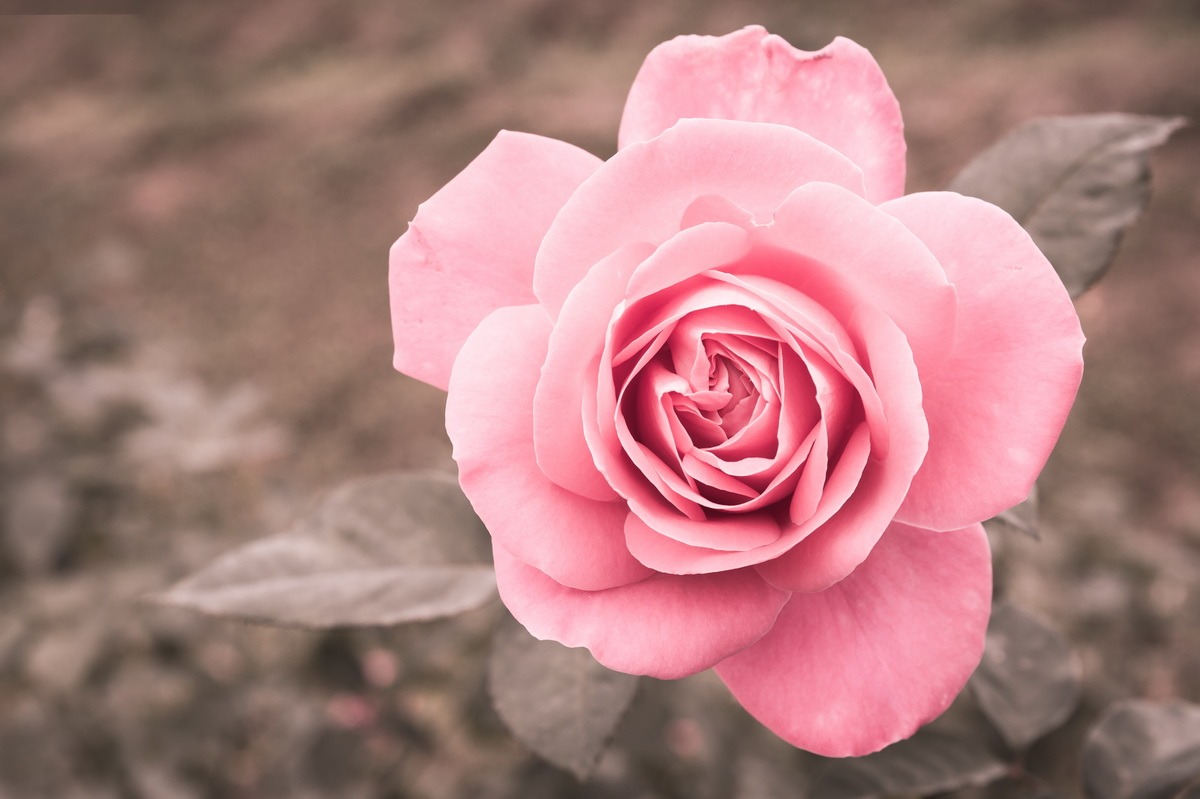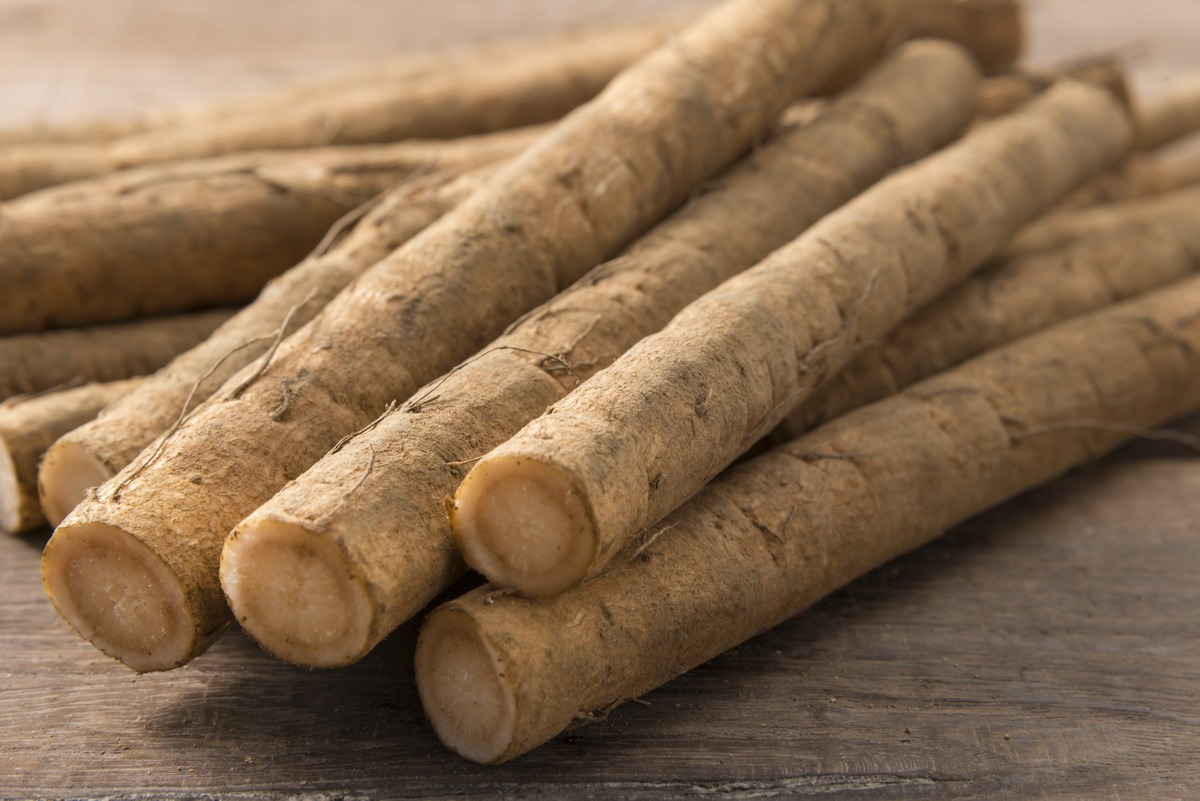Rosemary CO2 extract
Rosemary refers to plants that are widely used not only in medicine, perfumery and cosmetics, but also in the kitchen. In the perfumery and cosmetics industry, rosemary essential oil is most commonly used. It is also used in the manufacture of alcoholic beverages and in the baking and confectionery industries. In dried form, flowers, leaves […]
➜ Weiterlesen…








